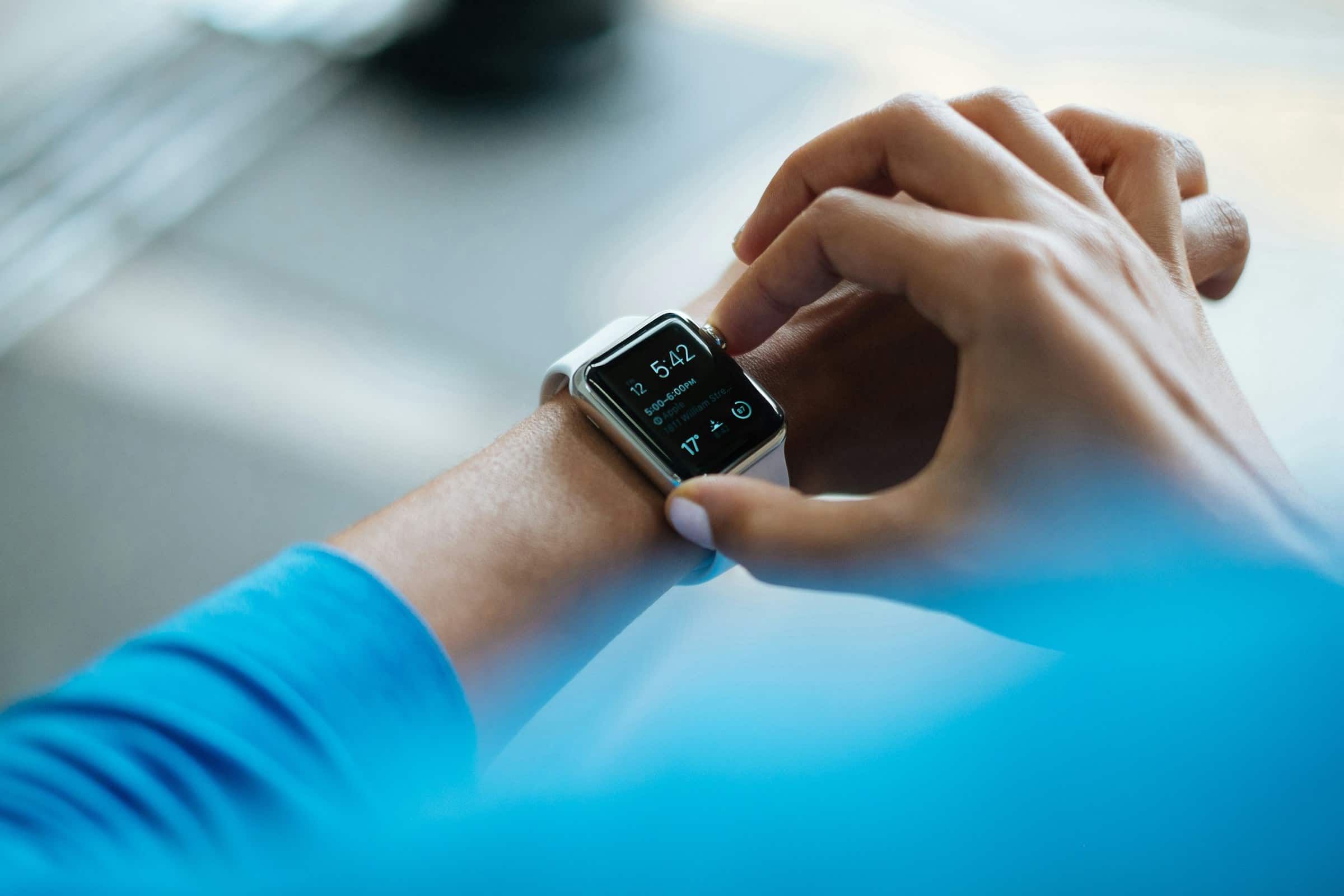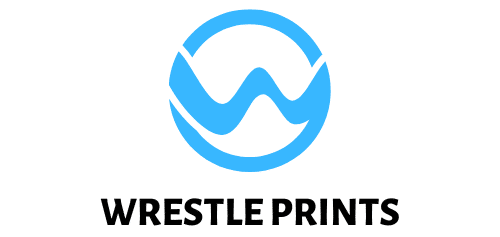What’s the Role of Wearable Tech in Monitoring Occupational Health in Hazardous Environments?

In the world of occupational safety, technology has always played a significant role. Traditional safety gear – helmets, gloves, and boots – is evolving, becoming smarter, more responsive, and more protective. The advent of wearable technology is revolutionizing occupational health monitoring, particularly in hazardous environments where the risk of injury, illness, or even death can be excessively high.
This article will delve into the role of wearable tech in monitoring occupational health in hazardous environments. We will explore how these devices work, what benefits they bring to the table, and how they can enhance safety in various industrial settings.
Dans le meme genre : How Is AI Being Used to Enhance Fan Engagement in UK Sports Events?
Wearable Tech: An Overview
Let’s start with an overview of wearable technology. It is essentially any smart device that can be worn on the body. You are probably familiar with consumer-grade wearables, like smartwatches and fitness trackers. However, in the industrial sector, these devices have been modified and enhanced for specific applications, including health monitoring.
Wearable tech for occupational health comes in various forms, including smart glasses, wearable cameras, safety vests with built-in sensors, and even ‘smart’ helmets. These devices can track a host of parameters, including heart rate, body temperature, blood oxygen levels, and stress levels. In hazardous environments, they can also monitor environmental factors like exposure to harmful substances, extreme temperatures, noise levels, and radiation.
Cela peut vous intéresser : Can AI-Powered Sentiment Analysis Tools Help UK Brands Improve Their Customer Service?
Enhancing Worker Safety: The Primary Role of Wearable Tech in Hazardous Environments
The primary role of wearable tech in hazardous environments is to enhance worker safety. These devices can continuously monitor a worker’s health parameters, providing real-time data that can help identify any potential health risks.
For instance, smart glasses can overlay crucial information onto the worker’s field of view, such as temperature readings, gas concentrations, or radiation levels. This instant access to information allows workers to react immediately if the conditions become dangerous.
Similarly, wearables can detect the early signs of heat stroke or hypothermia by monitoring the worker’s core body temperature. Should the temperature rise or fall beyond a certain threshold, an alert can be sent to the worker or the control room, enabling swift intervention.
Predictive Analysis: Averting Disaster Before It Occurs
Wearable tech doesn’t just react to dangerous situations – it can predict them. This is where the power of big data and machine learning comes into play. By collecting and analyzing vast amounts of data, these devices can identify patterns and make predictions about potential hazards.
For example, by tracking a worker’s vital signs over time, wearable devices can detect subtle changes that may indicate the onset of a health condition. This means that conditions like heart disease or respiratory problems can be caught early, often before symptoms become apparent.
Similarly, environmental sensors can predict risks like gas leaks or machinery malfunctions. This predictive capability can help avert disasters before they occur, making the workplace safer for everyone.
Ensuring Regulatory Compliance: Keeping Track of Exposure Levels
In many industries, workers are exposed to potentially harmful substances. Regulatory guidelines set limits for this exposure, but tracking it can be a challenge. This is another area where wearable tech shines.
Smart wearables can continuously monitor the wearer’s exposure to harmful substances, be it dust, chemicals, or radiation. They can also keep track of noise exposure, a significant concern in industries like construction and manufacturing.
By providing accurate, real-time data about exposure levels, wearables help ensure regulatory compliance. They can alert workers when they are nearing their exposure limit, allowing them to take preventative measures. Moreover, the data collected can serve as evidence of compliance in case of audits or inspections.
Enabling Remote Monitoring: Keeping an Eye on Workers from Afar
Last but not least, wearable tech enables remote health monitoring. This is particularly beneficial in hazardous environments where it may not be safe for a supervisor or safety officer to be physically present all the time.
By transmitting data in real-time, wearable devices allow the health and safety of workers to be monitored from a central control room. Supervisors can keep an eye on multiple workers at once, checking their vital signs, exposure levels, and even their location. This not only enhances safety but also improves efficiency as potential issues can be identified and resolved faster.
In conclusion, wearable tech plays a crucial role in monitoring occupational health in hazardous environments. It enhances worker safety, enables predictive analysis, ensures regulatory compliance, and promotes remote monitoring. As technology continues to advance, we can expect these devices to become even more comprehensive and effective in the future.
Remember, however, that technology is not a substitute for good safety practices. It is a tool that, when used correctly, can greatly enhance workplace safety. But the responsibility for creating a safe working environment ultimately lies with both employers and employees. As such, wearable tech should be used in conjunction with other safety measures, such as proper training, safe work procedures, and a strong safety culture.
Utilizing Wearable Tech for Health Indicators: A Detailed Approach
The use of wearable technology to monitor health indicators is a rapidly evolving field. These wearable devices are equipped with a multitude of sensors and software that can track and monitor a variety of health-related data in real-time. This information is crucial in identifying potential health issues and providing early interventions, particularly in high-risk environments.
In the world of occupational health, these devices can be particularly beneficial. For example, a smartwatch or a fitness band can monitor a worker’s heart rate and blood oxygen levels, providing real-time data on their physical exertion and overall health. If these levels deviate from the norm, the device can alert the worker or a supervisor, allowing for immediate intervention.
Moreover, wearable technologies like smart glasses can provide workers with vital information about their environment, including the presence of harmful substances or high noise levels. By overlaying this information onto the worker’s field of view, they can make informed decisions about their safety on the spot.
Additionally, these devices can also monitor environmental factors such as temperature, humidity, and air quality. In industries where exposure to extreme conditions is common, this feature can be invaluable. For instance, if a worker is working in a high-temperature environment and their body temperature starts to rise, the wearable device can alert them to take a break and cool down, thus preventing heatstroke.
Despite their numerous benefits, it’s essential to remember that wearable devices should not replace traditional safety measures. They should instead be used as a tool to enhance existing safety protocols and procedures.
Wearable Tech and Public Health: The Broader Implications
While the use of wearable tech in occupational health is significant, the potential impact on public health is even more profound. These devices have the potential to revolutionize the way we understand and approach health and wellness.
The vast amount of health data gathered by wearable devices can be analyzed on a broader scale, leading to new insights about public health. For example, researchers can use this data to study patterns and trends, leading to better understanding of health conditions and diseases. This could, in turn, lead to improved treatments and prevention methods.
Moreover, wearable tech can also contribute to proactive health management. By continuously monitoring a person’s health indicators, these devices can help individuals maintain their health and detect potential issues early on. This could lead to a shift from reactive healthcare, where we treat conditions after they occur, to a more proactive approach, where we aim to prevent them.
Finally, these devices can also play a crucial role in managing public health crises. For instance, during a pandemic, wearable tech could be used to track symptoms, monitor quarantined individuals, or even predict outbreaks based on collected data.
Nevertheless, it’s crucial to address the ethical and privacy concerns associated with the use of wearable tech and health data. Regulations need to be in place to ensure the responsible use and protection of this information.
In conclusion, wearable tech holds significant promise for monitoring occupational health in hazardous environments and public health at large. By providing real-time health data, enabling early intervention, and contributing to broader public health research, these devices can revolutionize the way we approach health and safety. However, their use should be carefully managed and regulated to ensure privacy and ethical considerations are upheld. Remember, technology should enhance, not replace, good health practices and safety measures.
